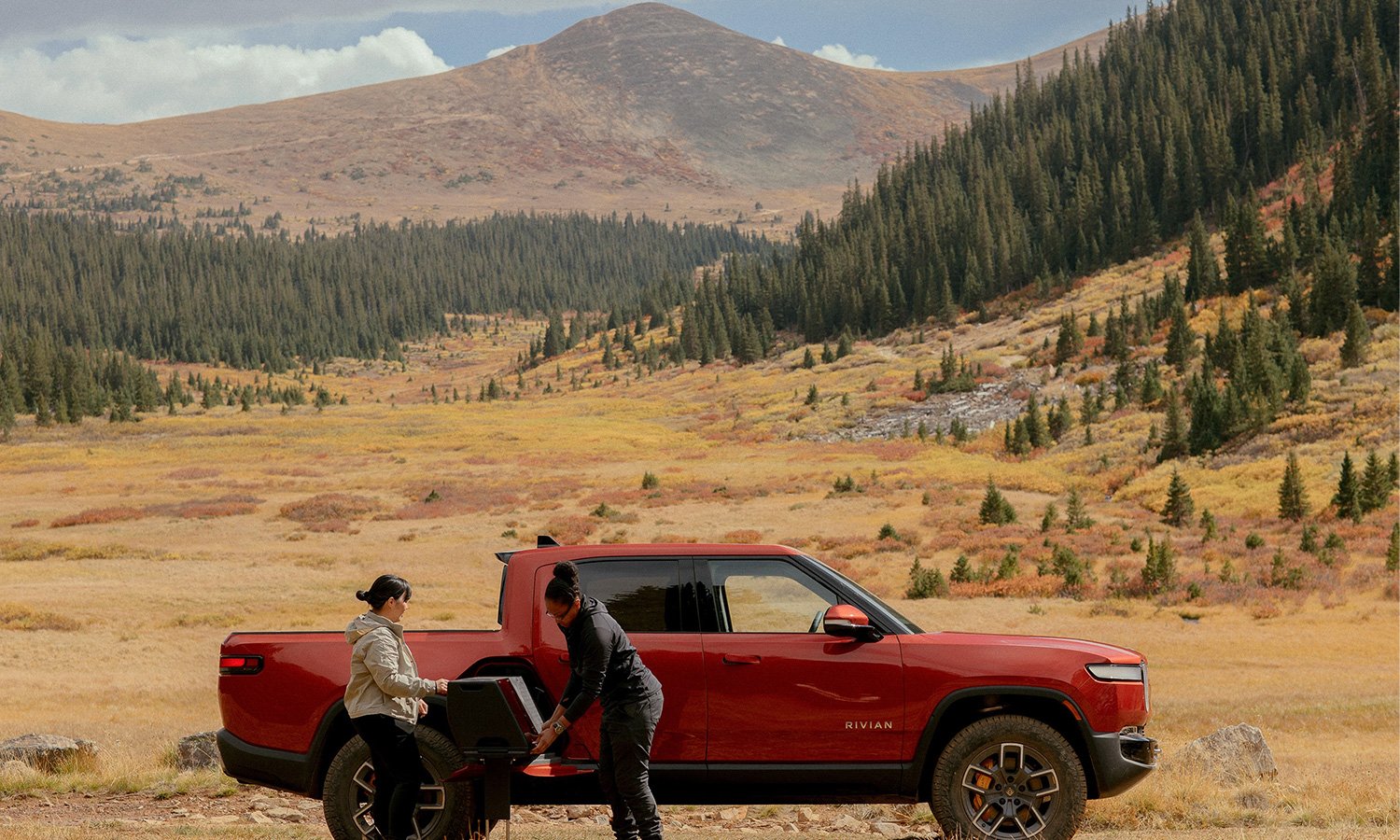Interesting new report published by the US Department of Transportation:
Source: https://www.transportation.gov/rural/ev
The rapid growth in electric vehicles (EVs) today is part of a fundamental shift in transportation that promises substantial benefits to individuals, businesses, communities, and the entire Nation. All Americans, regardless of where they live, should have the opportunity to benefit from the lower operating costs, reduced maintenance needs, and improved performance that EVs provide. Similarly, all communities—including communities of color, underserved communities, and environmental justice communities—deserve equitable access to economic opportunities and improved air quality. The Nation will benefit from the successful adoption of EVs as one important element in the Federal Government’s strategy to eliminate climate-related emissions from transportation, alongside investments in quality transit, bicycle, and pedestrian networks that give Americans real choices in how to travel.
Charging Forward: A Toolkit for Planning and Funding Rural Electric Mobility
Check out our new resource, Charging Forward: A Toolkit for Planning and Funding Rural Electric Mobility Infrastructure. This toolkit is designed for rural communities, businesses, governments, and organizations that are interested in EV infrastructure but are unsure of where to begin or who to talk to, and includes detailed information on:
- EV Basics
- Benefits & Challenges of Rural Electrification
- Partnership Opportunities
- EV Infrastructure Planning for Rural Areas
- EV Infrastructure Funding and Financing for Rural Areas
- Resources for EV Infrastructure Planning
- Environmental Statutes and Executive Orders
This toolkit was developed prior to the passage of the Bipartisan Infrastructure Law, which will provide many new resources for all transportation projects (including EV infrastructure). See FHWA’s new EV funding brochure—Federal Funding is Available for Electric Vehicle Charging Infrastructure on the National Highway System—for information on these new resources. An updated version of the toolkit will be released this fall and include the new provisions from the Bipartisan Infrastructure Law along with new information on rural transit electrification, school bus electrification, and more. Additionally, DOT will conduct up to 10 workshops with rural communities and incorporate their feedback into the revised edition.
Value of Electric Vehicles for Rural Communities
In rural parts of the country—home to 20 percent of Americans and almost 70 percent of America’s road miles—EVs can be an especially attractive alternative to conventional vehicles. Rural residents drive more than their urban counterparts, spend more on vehicle fuel and maintenance, and often have fewer alternatives to driving to meet their transportation needs. Over the long run, EVs will help residents of rural areas reduce those costs and minimize the environmental impact of transportation in their communities.
The Federal Government has set a goal to make half of all new vehicles sold in the U.S. in 2030 zero-emissions vehicles, and to build a convenient and equitable network of 500,000 chargers to help make EVs accessible to all Americans for both local and long-distance trips. On November 15, 2021, President Biden signed the Bipartisan Infrastructure Law, also referred to as the Infrastructure Investment and Jobs Act, which contains $7.5 billion in new funding for EV charging stations, makes EV charging infrastructure eligible for additional Federal funding programs, and provides funding for numerous other EV-related initiatives. This funding will benefit rural communities across the country by providing a ready source of capital for EV infrastructure projects.




